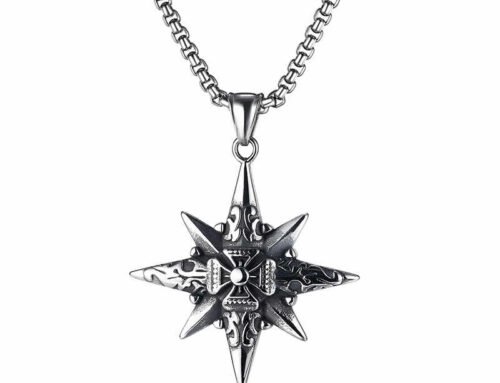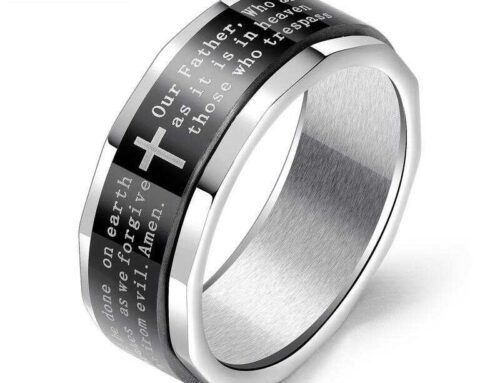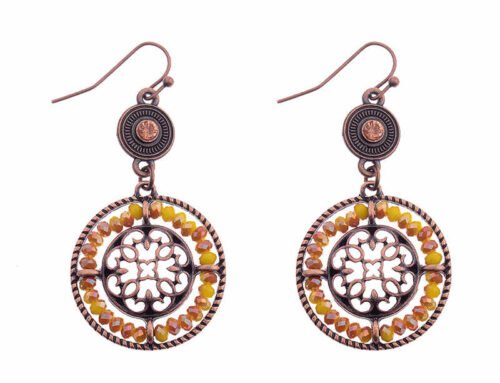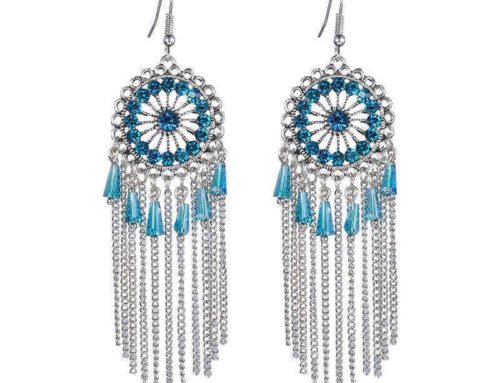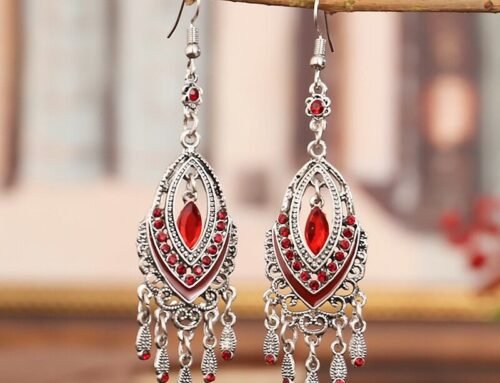Fashion jewelry has long been a cornerstone of self-expression, culture, and artistry. From the earliest civilizations to today’s avant-garde designs, accessories have transcended mere decoration to become symbols of identity, status, and innovation. Let’s delve into the fascinating origins of popular jewelry and explore how trends continue to evolve in the modern era.
Ancient Beginnings: Symbols of Power and Spirituality
The history of jewelry dates back over 100,000 years, with early humans crafting beads from shells, stones, and animal bones. By 3000 BCE, ancient Egyptians elevated jewelry to an art form, using gold, lapis lazuli, and turquoise to create intricate amulets and collars. These pieces weren’t just decorative—they symbolized divine protection, social rank, and eternal life. Similarly, Mesopotamian artisans pioneered metalworking techniques, while Indus Valley civilizations traded gemstones like carnelian across continents.
In China, jade became revered for its spiritual properties, and cloisonné enamelwork emerged as a hallmark of craftsmanship. These ancient traditions laid the groundwork for jewelry’s dual role as both personal adornment and cultural artifact.
Medieval to Renaissance Eras: Opulence and Innovation
During the Middle Ages, jewelry became a tool for showcasing wealth and religious devotion. European elites flaunted gem-encrusted brooches and pendants, often embedded with relics or inscribed prayers. The Renaissance era saw a revival of classical motifs, with pearls, cameos, and filigree work dominating designs. Advances in gem-cutting and the discovery of New World treasures like emeralds expanded creative possibilities, making jewelry more accessible to the rising merchant class.
Industrial Revolution: Democratizing Decoration
The 19th century marked a turning point. The Industrial Revolution introduced mechanized production, enabling mass-market jewelry. Affordable materials like glass beads and electroplated metals allowed middle-class consumers to emulate aristocratic styles. Meanwhile, the Art Nouveau movement (1890–1910) rebelled against industrialization, emphasizing nature-inspired designs with flowing lines and semi-precious stones.
20th Century: Rebellion and Reinvention
The 1900s witnessed seismic shifts. The flapper era of the 1920s popularized geometric Art Deco pieces, mirroring the era’s obsession with modernity. Post-WWII, costume jewelry boomed as designers like Coco Chanel championed faux pearls and bold, playful styles. The 1960s–70s counterculture embraced handmade, ethnic-inspired pieces—think turquoise, feathers, and peace symbols—as emblems of individuality and protest.
21st Century Trends: Sustainability, Tech, and Personalization
Today’s fashion jewelry landscape is defined by three key drivers:
1. Ethical Materials
Consumers increasingly demand transparency. Recycled metals, lab-grown diamonds, and vegan leather are reshaping the industry. Brands like *Pandora* and *Mejuri* emphasize sustainability, aligning with eco-conscious values.
2. Tech-Infused Designs
3D printing allows for intricate, customizable pieces at lower costs. Augmented reality (AR) apps let shoppers “try on” jewelry virtually, while smart accessories—like rings tracking health metrics—blend style and functionality.
3. Nostalgia Meets Individualism
Y2K-inspired chokers, oversized hoops, and layered chains dominate social media feeds. At the same time, personalized nameplates, birthstone stacking rings, and gender-fluid designs cater to a generation prioritizing uniqueness over uniformity.
The Future: Where Are We Headed?
As technology and sustainability continue to intersect, expect innovations like biodegradable materials, blockchain-verified ethical sourcing, and AI-designed collections. Meanwhile, the resurgence of artisanal craftsmanship—think hand-hammered metals or bespoke beadwork—proves that even in a digital age, the human touch remains irreplaceable.
Jewelry will always mirror society’s values, aspirations, and creative spirit. From talismans of the past to tomorrow’s wearable tech, one thing is certain: adornment is timeless.
What’s your favorite jewelry trend—past or present? Share your thoughts in the comments!
